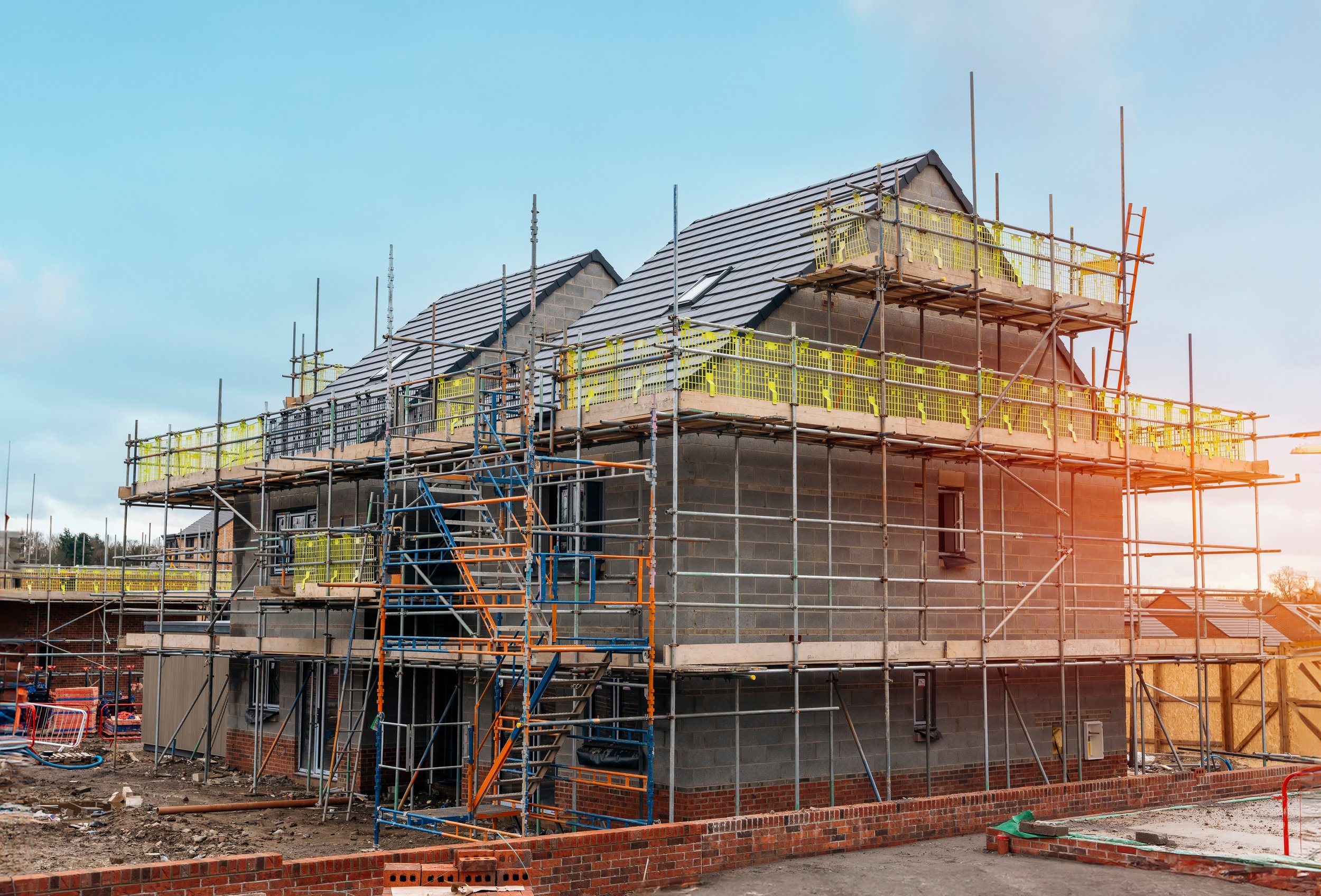
Warm Roof Vs Cold Roof
A comprehensive guide comparing two very popular insulation methods
When it comes to roofing insulation, two primary methods are often discussed: cold roof and warm roof.
Each method has its own set of advantages and disadvantages, making it crucial to understand the differences to determine which is best suited for your specific needs. This guide will provide an in-depth comparison of cold roofs and warm roofs, covering their structure, benefits, drawbacks, and suitable applications.
Cold Roof
Structure:
Insulation Position: In a cold roof system, the insulation is placed between the rafters, directly above the ceiling joists.
Ventilation: Proper ventilation is critical in a cold roof to prevent condensation and moisture build-up. Ventilation gaps are usually provided at the eaves and ridge to allow airflow.
Construction Layers: Typically, a cold roof includes the roof covering (tiles, slates, etc.), a breathable membrane, rafters with insulation between them, and a vapour barrier above the ceiling.
Benefits:
Cost-Effective: Cold roofs are generally cheaper to install compared to warm roofs because the insulation materials are less expensive and the installation process is straightforward.
Easier Retrofitting: For existing buildings, it is often easier and less disruptive to add insulation between the rafters than to undertake a full warm roof installation.
Drawbacks:
Condensation Risk: Without proper ventilation, cold roofs are prone to condensation issues, which can lead to damp and mould growth.
Thermal Bridging: The rafters can create thermal bridges, reducing the overall efficiency of the insulation and leading to heat loss.
Less Effective Insulation: Cold roofs typically offer lower thermal performance compared to warm roofs, resulting in higher heating costs.
Suitable Applications:
Traditional and Existing Buildings: Cold roofs are commonly found in older properties where retrofitting insulation between rafters is more practical.
Buildings with Limited External Space: If there is not enough space above the roof deck to add insulation, a cold roof may be the preferred option.
Warm Roof
Structure:
Insulation Position: In a warm roof system, the insulation is placed above the roof deck and below the waterproof membrane, covering the entire structure.
Ventilation: Unlike cold roofs, warm roofs do not require ventilation within the roof space since the insulation is continuous and prevents condensation.
Construction Layers: A warm roof typically includes the roof covering, waterproof membrane, insulation layer, and a vapour control layer directly on top of the structural deck.
Benefits:
Superior Insulation: Warm roofs provide continuous insulation, eliminating thermal bridges and offering better thermal performance.
Condensation Control: By placing the insulation above the deck, warm roofs minimize the risk of condensation, making them ideal for reducing moisture issues.
Energy Efficiency: The improved insulation reduces heat loss, leading to lower energy bills and a more comfortable indoor environment.
Versatility: Warm roofs are suitable for both new builds and extensions, providing flexibility in design and construction.
Drawbacks:
Higher Initial Cost: Warm roofs are generally more expensive to install due to the cost of insulation materials and the more complex installation process.
Increased Height: Adding insulation above the roof deck increases the overall height of the roof, which may require planning permission or adjustments to roofline details.
Suitable Applications:
New Builds and Extensions: Warm roofs are often used in new constructions where achieving high energy efficiency is a priority.
Flat Roofs: Warm roofs are particularly effective for flat roofs, providing excellent insulation and moisture control.
Conclusion
Choosing between a cold roof and a warm roof depends on various factors, including the type of building, budget, and specific insulation needs. Here’s a summary to help you decide:
Cold Roof: Best for traditional and existing buildings with limited external space, where cost is a major consideration, and proper ventilation can be ensured.
Warm Roof: Ideal for new builds and extensions, offering superior insulation, energy efficiency, and moisture control, albeit at a higher initial cost.
Understanding the differences between cold and warm roof systems allows you to make an informed decision that meets your building’s requirements, ensuring long-term performance and comfort.
Top Articles
► Planning Permission for a New Roof
► Building Regulations for a New Roof
► Does a New Roof Add Value to Your Home?
► Does Insurance Cover Roof Leaks?
Roofing Materials Explained
► Code 3 and Code 4 Lead Flashing
► Slates
► Best Materials for Flat Roofs
Roofing Components
► Roof Ventilation for Flat Roofs
► What are Soffits and Fascias?
► What is a Fibreglass Flat Roof?
Common Guides
►How Much Does a New Roof Cost
► How to Find a Leak in Your Roof
► Why is my Velux Window Leaking?
► Planning Permission Velux Windows
► How to Clean Roof Tiles Without Pressure Washer
► Removing Moss from Roof Tiles
